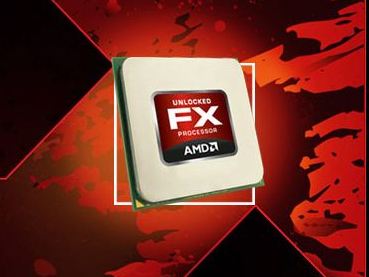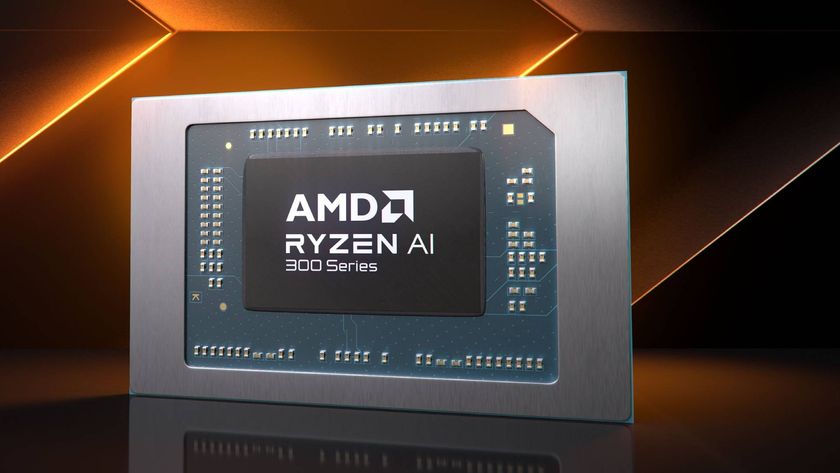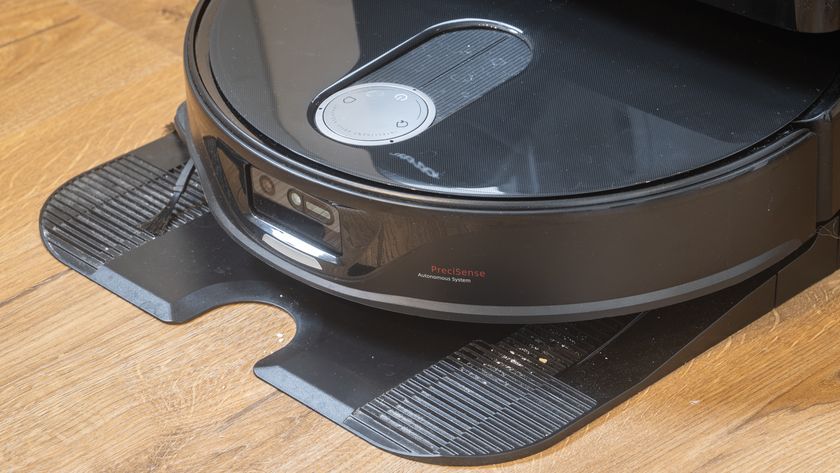Can AMD's Bulldozer sock it to Intel?
Bulldozer should mean more performance for less money

It's been an awfully, awfully long time coming. But AMD has announced that its all-new Bulldozer PC processor is finally shipping to customers. Question is, do the delays hint at a troubled architecture or can AMD's new CPU architecture sock it to Intel and make things competitive again?
AMD's original idea was to launch Bulldozer several years ago. But when it comes to new CPU launches, things rarely seem to go to plan for AMD. The launch of the first quad-core AMD Phenom CPU, for instance, was an outright fiasco.
Strictly speaking, of course, Bulldozer is the first properly new CPU from AMD since the Athlon of 2003. So, it's perhaps not surprising that Bulldozer's roll out hasn't been perfectly smooth.
However, the spectre of the calamitous Phenom launch is certainly worrying. Phenom, too, was delayed and was woefully off the pace for performance when it finally arrived.
Now, it's true that most of Bulldozer's delay has been due to a strategic overhaul which saw it realigned from 45nm to 32nm. But word on the street is that AMD has been through several steppings in an effort to get the chip running up to expectations.
What's not clear is whether the problems involve the routine challenge of getting the clockspeeds up and running or if there is a more fundamental issue with the architecture.
Ripping up the rule book
Given Bulldozer's radical design, it's the latter that poses both the greatest danger and offers the greatest promise, because Bulldozer's architecture pretty much tears up the rule book for CPU design and challenges the very notion of what a CPU core is.
Get daily insight, inspiration and deals in your inbox
Sign up for breaking news, reviews, opinion, top tech deals, and more.
Instead of conventional CPU cores, Bulldozer has modules. Each module contains a pair of integer engines and a shared floating engine. The overall goal is to create a unit that delivers the performance of two conventional cores using die space closer to a single core. That should mean more performance for less money.
It also means the arrival of Bulldozer will bring with it a new marketing war. At launch, the first Bulldozer processor, currently codenamed Zambezi but due to branded AMD FX, will sport four Bulldozer modules. However, it's clear from AMD's PR material that Zambezi will be marketed as "the world's first eight-core desktop CPU."
Now, we also know that Intel's next high performance processor, codenamed Sandy Bridge E, will stick with six cores. So, that's eight cores vs six cores and an easy PR win for AMD.
Except Intel will no doubt counter with the argument that AMD's cores aren't proper cores and claim that Zambezi is really a glorified quad-core chip with eight-core pretensions. If Intel can also point to superior performance from its supposedly inferior six-core processor, well, it will be handbags at dawn.
Still, what really matters is how the Bulldozer architecture performs, not how you count the cores.
Leaked benchmarks purporting to show Zambezi performance suggest it will be competitive with Intel's best quad-core chips but slower than Intel's six-core technology.
If so, that will represent a big step forward for AMD. More importantly, it will make for a much more competitive market. With AMD finally shipping Bulldozer-based chips, the good news is that we'll know the truth very soon.
Technology and cars. Increasingly the twain shall meet. Which is handy, because Jeremy (Twitter) is addicted to both. Long-time tech journalist, former editor of iCar magazine and incumbent car guru for T3 magazine, Jeremy reckons in-car technology is about to go thermonuclear. No, not exploding cars. That would be silly. And dangerous. But rather an explosive period of unprecedented innovation. Enjoy the ride.













